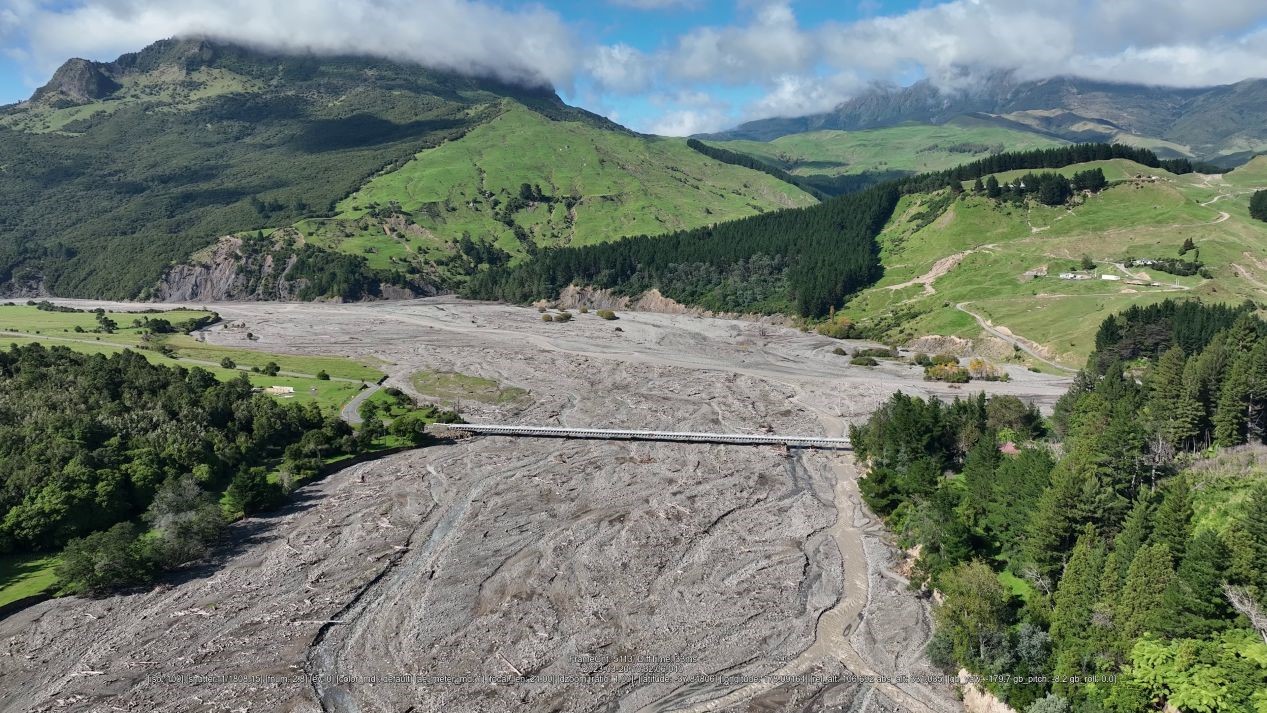Friday 22 September, 2023
New Zealand is known as a braided river hotspot around the globe.
This World Rivers Day on Sunday 24 September Gisborne District Council Council would like to highlight the Waiapu River.
The Waiapu River is recognised as one of the North Island’s largest braided rivers, and is of great cultural and spiritual significance to Ngati Porou.
At approximately 130 kilometres long it winds through Ngati Porou whenua where it passes by Ruatorea and Tikitiki on its way to the Pacific Ocean by Rangitukia.
Only two percent of NZ’s braided rivers are in the North Island so the Waiapu is a bit of a celebrity and well-known one.
Braided Rivers are a rare ecosystem with an ever-changing habitat that many native fish, birds and invertebrate species rely on to survive.
Gisborne District Council’s Environmental Scientist Olive Steven says braided rivers have a high sediment load entering them, characterised by their wide gravel beds with multiple flowing channels – that “braid” together.
“Braided rivers are used by many different of our native taonga species including, tōrea - variable oystercatchers, tarāpunga - black-billed gulls, tūturiwhatu - dotterels, tuna - eels, panoko - torrentfish, Kokapuru - bullies.
“These rivers are also used by people to swim and reconnect back to nature and gravel is extracted from these rivers to build our roads.”
Ms Steven says three different dotterel species rely on our rivers to survive.
“These include the banded dotterel, black-fronted dotterel and the northern New Zealand Dotterel
“Did you know that the dotterel species is one of the only birds that will fake a broken wing to lure predators away from their nests?”
Ms Steven says the dotterel nesting season for Tairāwhiti starts on the 31st August and continues until mid-February.
In order to protect these rare native birds, you and your whanau can do the following things:
1. Keep your vehicles off the riverbed during this time to prevent disturbance and damage to nests
2. When using the rivers over this period, try keep to the main access track and avoid trampling across the riverbed – a dotterel can spot a person from 100-150m away
3. If you see a dotterel running with a low body posture or broken wing act, it is trying to deter predators or disturbance to chicks or eggs. Exit the way you entered and give the dotterel space to protect it’s young.
4. If the bird flies off, it is unlikely it has a nest
5. Tell your whanau about these cool birds and let them know what they can do to protect them over their nesting period
To find out more about this important river please visit the website of Ngati Porou, The Waiapu River Restoration | Ngati Porou.




